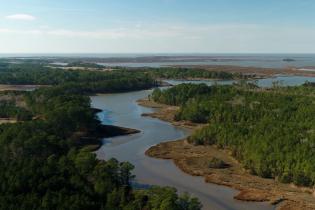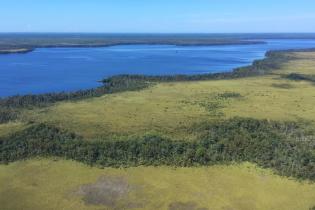Search
Page
NFWF Announces Release of Coral Reef Conservation Fund 2020 Request for Proposals
WASHINGTON, D.C.
Image

Page
Coalition preserves corridors for iconic wildlife on the move
The Blackfoot people knew the rugged wilderness of what is now northern Montana as the “Backbone of the Earth.” Later inhabitants would dub the region the “C
Image
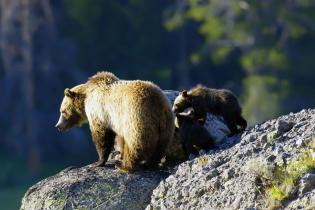
Page
Thinking Big to Restore the Gulf
New land rises from the sea in just a few places around the world, hot spots of regeneration such as Hawaii, Iceland, Japan … and Pascagoula, Mississip
Image
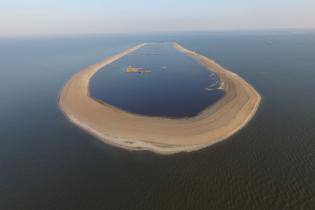
Page
NFWF Announces Release of a New Request for Proposals for the New England Gear Innovation Fund
WASHINGTON, D.C. (April 27, 2023) – The National Fish and Wildlife Foundation (NFWF) announces the release of the 2023 Request for Proposals
Image
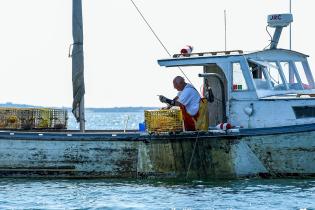
Page
